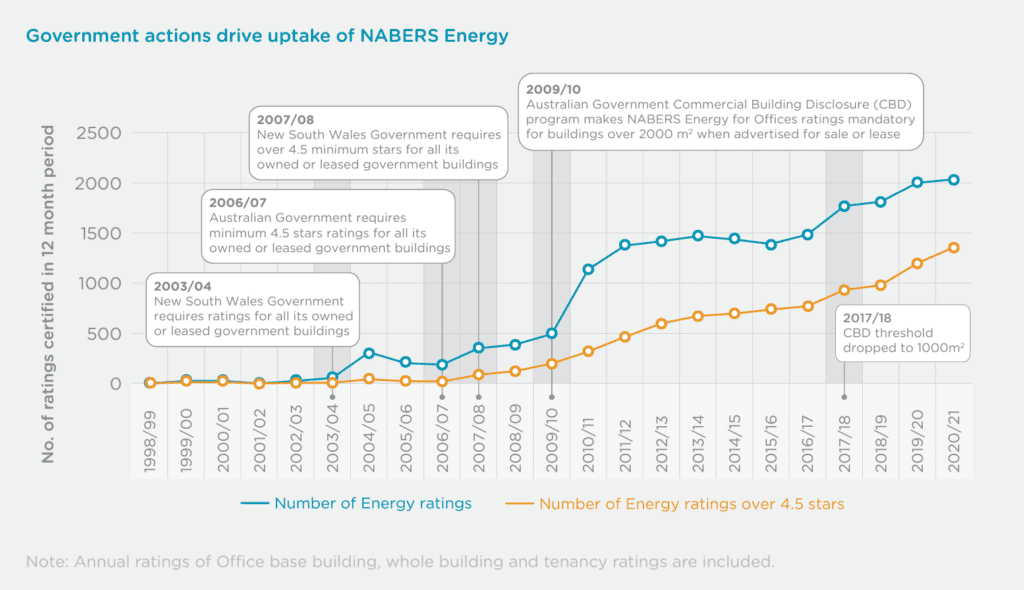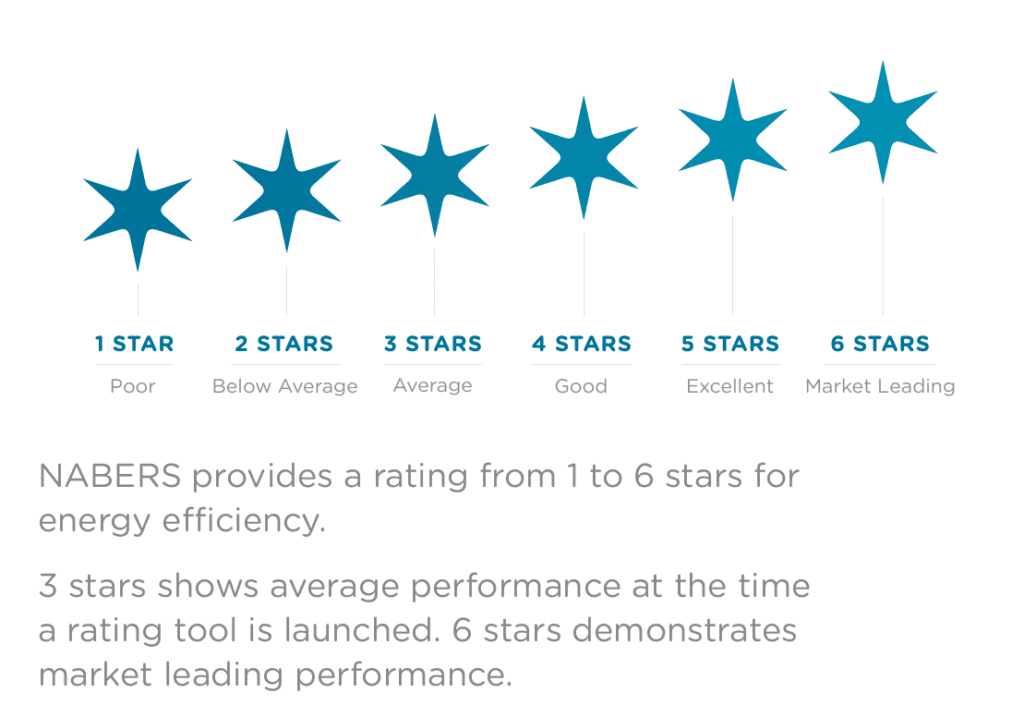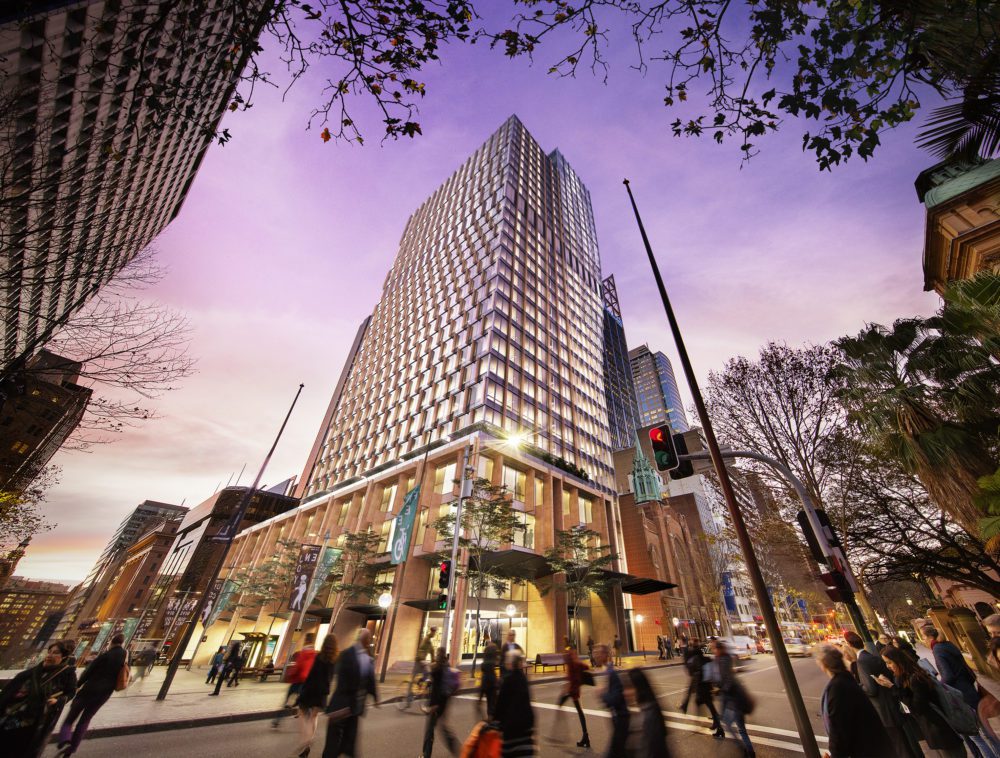By Leon Wurfel – Founder, Bueno Analytics
The National Australian Built Environmental Rating System (NABERS) has a unique position globally in being at the intersection of the earliest development building performance standards along with the highest amount of market driven, voluntary uptake. It is now a federally legislated requirement to disclose NABERS ratings as part of any lease or sale transaction above 1,000m2 so the market penetration of this rating system is above 90% of the commercial real estate market in Australia.
It’s an impressive outcome, but where did NABERS begin?
The inception of NABERS started as a NSW state government initiative called the “Australian Building Greenhouse Rating” System (ABGR). A bit of a mouthful compared to NABERS. This idea was conceived by and technically authored by my previous employer Dr Paul Bannister of Exergy (at the time) and currently DeltaQ. The pilot year for this program was back in 1998 and it was released in 1999.

The program was always designed to be able to scale nationally in Australia taking into account the respective climate zones of the country and the relative specific greenhouse gas coefficients of the energy sources in each state. However as the scheme was a NSW government developed initiative the adoption was not automatic across the other states and territories. Victoria adopted the scheme in 2000, with the remaining states and territories following by 2005.
Along the way ABGR has had some refinements including:
- Re-setting the tropical bands of the rating scheme because the cooling dominated buildings in that climate were achieving higher than expected ratings. The hypothesis was that it was intrinsically easier to deliver good performance where there was less risk of conflict between heating and cooling. This was completed in 2006 with the grunt work for the analysis being done by yours truly in his first job out of university as a junior energy consultant.
- Re-benchmarking the Victorian rating bands because they were perceived to be sand-bagged. The original benchmarks were viewed as giving too much leeway to the natively “dirtier” fuel sources (grid electricity and gas) of the state. Victoria at the time had a higher percentage of electricity coming from brown coal fired power plant so had higher specific greenhouse gas coefficients per unit of energy.
By 2005 the concept had become federally funded and the first iteration of the “National Australian Built Environmental Rating System” (NABERS) brand was born under the guise of the expanded NABERS Water rating which provided a similar performance based rating tool for water efficiency of commercial buildings. Following this in 2009 the ABGR branding was absorbed into the “NABERS Energy” rating (noting that it still effectively remains a greenhouse based rating system) which has continued to be administered by an organisation within the NSW state government that is funded via the federal government.
Along the way the rating scheme has been expanded across other rating dimensions and into other property verticals such as Indoor Environment (office buildings), Shopping Centres, Hotels, Data Centres, Apartment buildings, Public Hospitals, Residential Aged Care, Retirement Living, Schools,
The next big milestone for NABERS Energy (as it was now known) came with the implementation of mandatory disclosure in 2010. The relevant legislation was the “Building Energy Efficiency Disclosure Act” (BEED) but the more commonly it is known as the “Commercial Building Disclosure Program” (CBD). This was highly transformative to the adoption of the rating scheme as up until that it had been a purely voluntary rating framework. CBD requires that any sale or leasing transaction for a commercial property of a minimum size threshold (initially 2,000m2 but expanded to 1,000m2 to address more transactions in 2017) had to have a rating, and publish their rating on any advertisement for the space (signage or otherwise). The impact of this legislation has been to increase the market penetration of NABERS within the Australian office building landscape from 10% in 2005 to 74% in 2021.


6 Star NABERS Introduced
Due to a general uplift in rating performance across the building stock in the Australian market demand grew for the addition of higher rating outcomes. There was some exploration of whether the best strategy was to reset the existing rating bands to be harder or add new rating bands to the top of the schedule. Due to the existence of significant numbers of NABERS commitment agreements for new buildings in construction and the trailing obligations of commitment agreements in leases that were underway the decision was made to add a 5.5 and 6 star rating band to the existing scheme rather than disrupt the commercial agreements that already existed around achieving specific ratings.


In 2011 the 5.5 and 6 star rating bands were added which represented an aspirational opportunity for the highest performing buildings in the market to differentiate. These rating bands were a big step up in the performance that had to be delivered, a 5.5 rating outcome meant taking a building that was already performing at a 5 star level (a very high performance building) and reducing its emissions by 25%. A 6 star rating was a 50% emissions reduction on an already 5 star building. The market has responded to the challenge. As of 2023 there were 80 whole building or base building ratings at 6 stars which represents 4.5% of the market performing at this level.


To learn how the Bueno Analytics Modules can help you reduce energy reduction and improve your building’s NABERS rating, get in contact.


Leon founded Bueno in 2013 with a goal to use technology to scale the impact of his engineering expertise in building energy performance.
Prior to starting Bueno Leon worked as an energy efficiency consultant in the commercial property sector in Australia and was involved in the development of the world’s first legislated Building Performance Standard (NABERS).
Source:
- https://nabers.info/annual-report/2022-2023/office-energy/
- https://oaktrust.library.tamu.edu/bitstream/handle/1969.1/148920/ESL-IC-12-10-28.pdf?isAllowed=y&sequence=1
- https://www.nabers.gov.au/sites/default/files/energy_efficiency_in_commercial_buildings_full_length_guide.pdf







